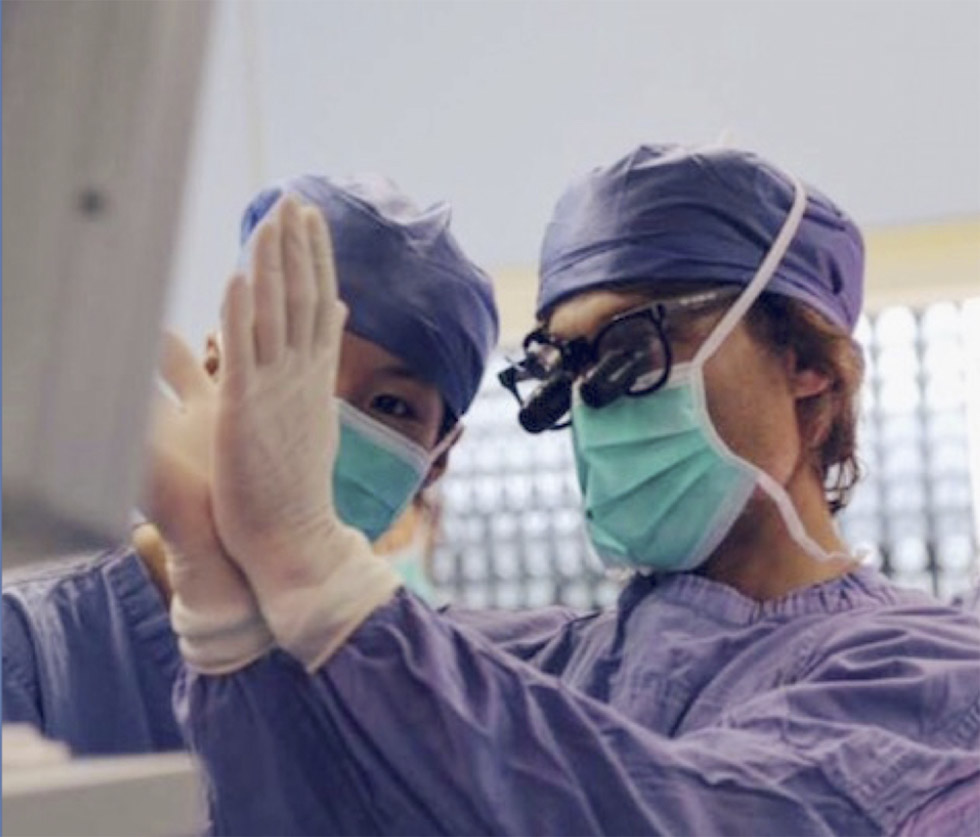Eyelid fat grafting is a procedure in which fat from the body (abdomen, inner thigh) is harvested (collected) and then transferred (injected) into the hollows (depressions) around the eyelids. This is done to improve eyelid contour and appearance. Unfortunately, eyelid fat grafting can be associated with numerous complications which can be distressing to the patient and frustrating to the treating surgeon. What are these complications?
- Nodules: If the body considers the fat foreign to its new location an immunological reaction can occur leading to lumps/bumps (nodules) https://drmassry.com/blog/?p=277 . These are very hard to treat surgically as the nodules are scarred into place and do not obey anatomic tissue planes. As a result, their excision can lead to muscle damage and indentations. Also, eyelid fat grafting is a non-surgical procedure. Fixing this eyelid fat grafting complication requires surgery – NOT IDEAL.
- Prominences: A prominence, or what I call a bulge is different than a nodule in that it is not as hard and is more diffuse. A prominence is an eyelid fat grafting complication related to over-injecting fat or over-retention of fat. This eyelid fat grafting complication also requires surgery to remove. This procedure is much easier than removing nodules; however, can still lead to the same problems as excising nodules.
- Prolonged swelling: Some patients can swell for long period of time after eyelid fat grating. Treating this eyelid fat grafting complication typically involves oral and or injectable medications (ie. 5-fluoruracil). This fat grafting complication is usually easier to resolve than nodules and prominences.
- Scars/Darkening at harvesting and injecting sites: It is possible to develop a scar or darkened area at the entry site for harvesting the fat or injecting it. Obviously, the injection site is on the face and a bigger problem. Fortunately, these eyelid fat grafting complications are very rare. There are creams (lasers, etc) that can reduce the darkening. There are injected medications, creams, lasers and surgical revisions which can address the potential scars.
- Contour irregularities at the harvesting site. As the fat is harvested via liposuction techniques, it is possible to create an irregular contour to the area where the fat is taken. Again, this eyelid fat grafting complication is rare, and on occasion may require revision.
These are the most common eyelid fat grafting complications I see. The best way to avoid them is to be informed of their potential prior to the procedure so that an informed decision can be made.


